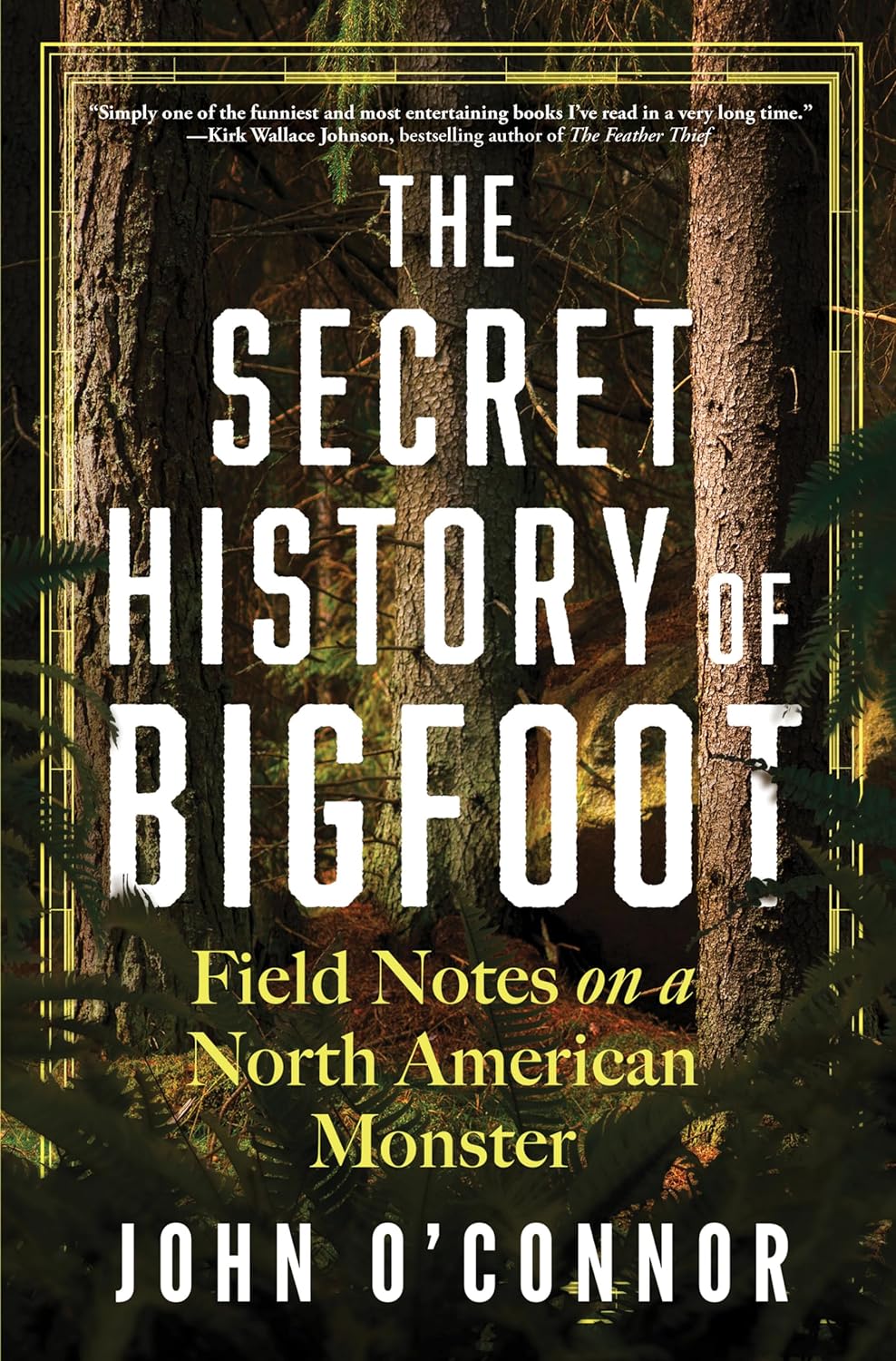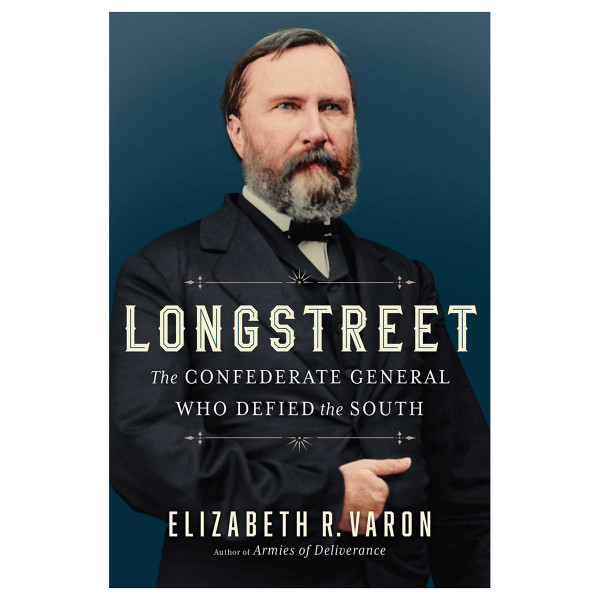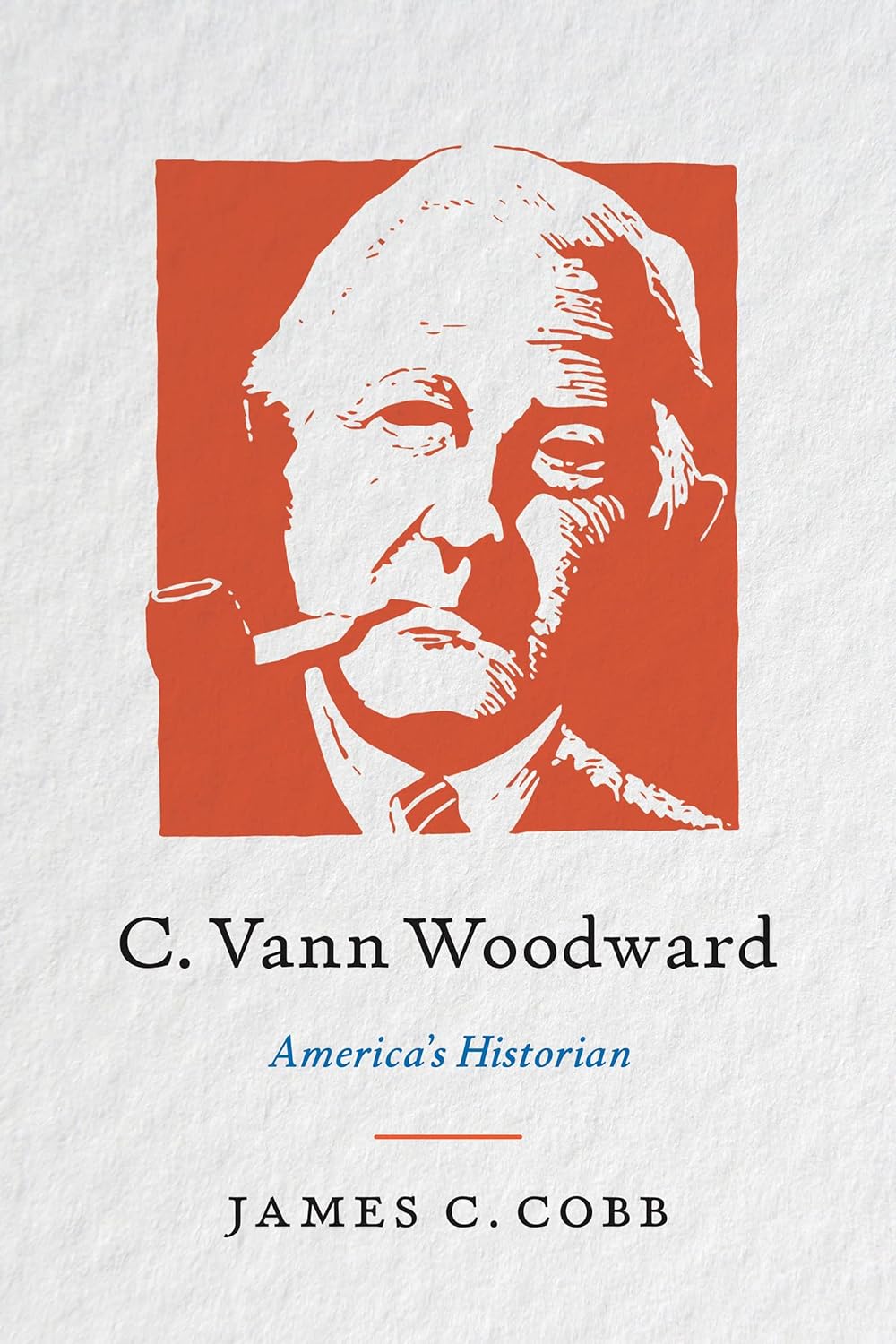This week Stan discusses a new book on an old legend—Bigfoot—and the hope that springs eternal with the return of the Beloved Braves and Major League Baseball.


This week Stan discusses a new book on an old legend—Bigfoot—and the hope that springs eternal with the return of the Beloved Braves and Major League Baseball.

Stan’s guest this week is Clayton Trutor, talking about his recent book Loserville, the winner of the Georgia Historical Society’s 2023 Bell Award for the best book in Georgia history published in 2022. Clayton discusses how Atlanta’s quest for professional sports franchises—the Braves, Falcons, Hawks, and Flames—re-shaped Atlanta and Georgia in the second half of the 20th century.

This week Stan’s guest is historian and author Elizabeth Varon from the University of Virginia discussing her latest book, Longstreet: The Confederate General Who Defied The South. She talks about the life and career of this most controversial Georgian, from whether “Longstreet was late” at Gettysburg, and how his post-war decision to support Radical Reconstruction, Black office-holding and voting, and his post-war criticisms of Robert E. Lee all combined to nearly destroy his reputation and his life.

Stan’s guest this week is renowned (and recovering) sociologist John Shelton Reed, who discusses his career, what’s still southern about the South, the Campaign for Real Barbecue, and writing country music lyrics.

Stan’s guest this week is Dr. Jim Cobb of the University of Georgia, talking about his new biography of historian C. Vann Woodward, one of the most distinguished and important historians of the 20th century.
